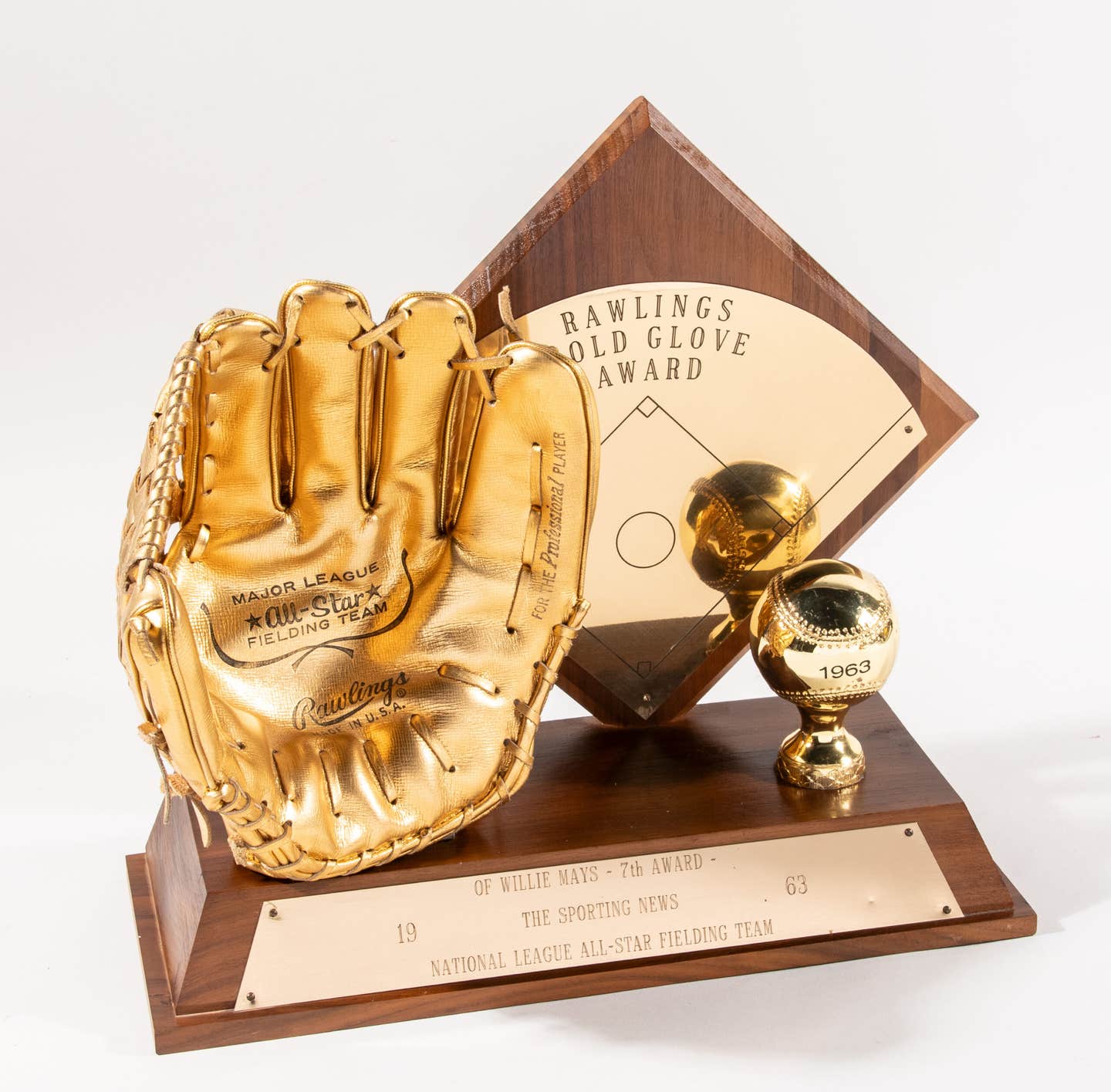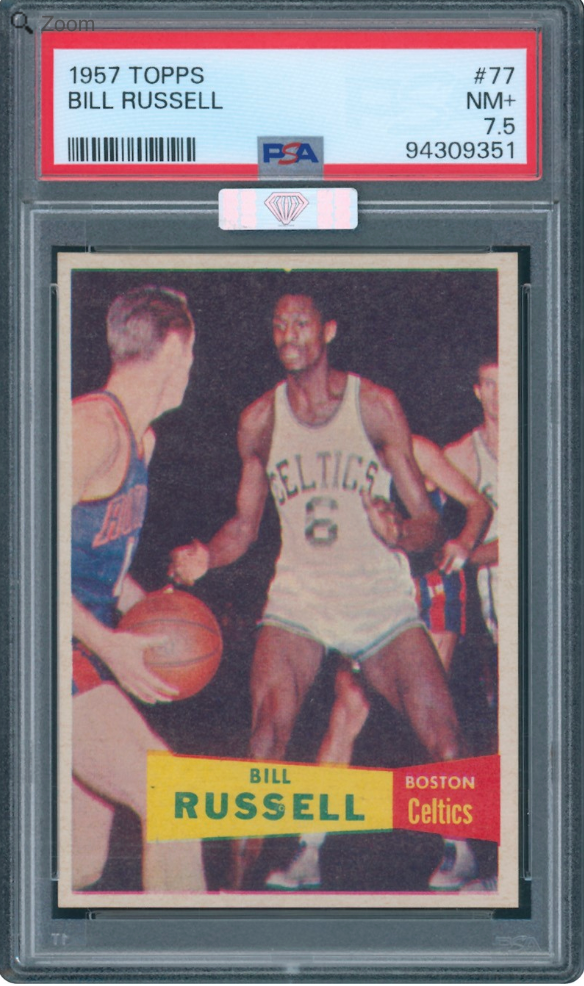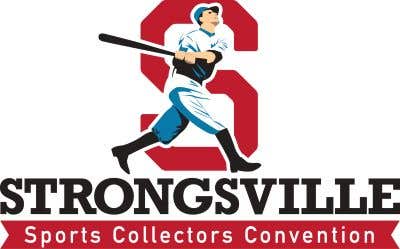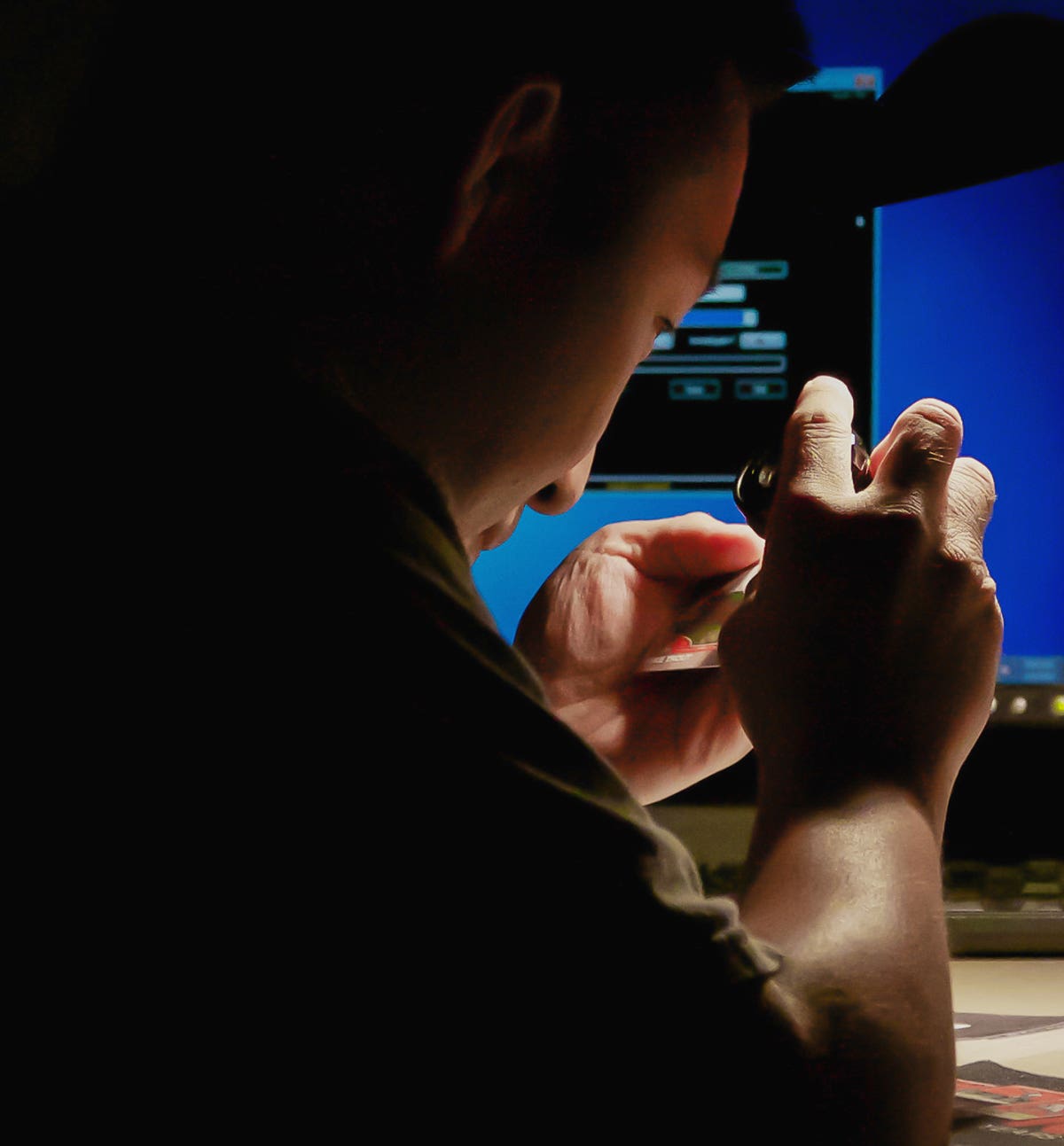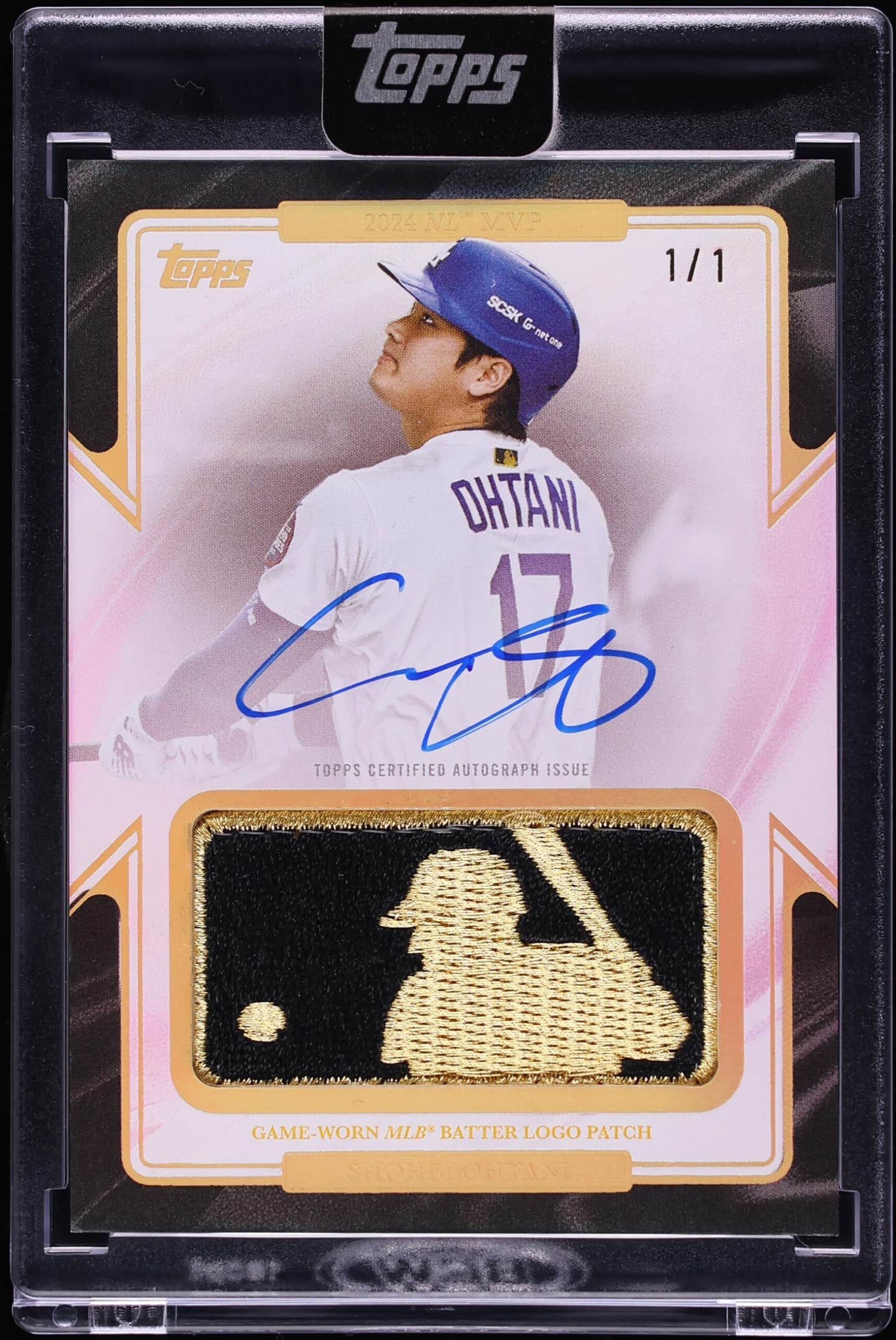Collectors now have the chance to purchase a Moe Berg medal that celebrates his life.
The Moe Berg commemorative, designed by award-winning medalist Eugene Daub, features a jigsaw puzzle portrait - with one piece missing - indicating the mystery surrounding the life of the honoree.
Mel Wacks, director of the Jewish-American Hall of Fame, presented a Moe Berg medal to the patriot's cousin, Irwin Berg, at a ceremony held at the International Spy Museum in Washington, D.C., on Sept. 17.
Morris "Moe" Berg was born in New York City on March 2, 1902. He was fortunate enough to grow up and do two things in life he really enjoyed - playing baseball and being an intelligence officer.
Moe majored in modern languages at Princeton University, where he played on a championship baseball team. After graduating in 1923, he played for the Brooklyn Dodgers as a first baseman. Later, while attending Columbia Law School, Berg joined the Chicago White Sox, initially as shortstop, but later as catcher.
Berg was admitted to the New York State bar in 1928. Even after joining a prestigious law firm, he kept playing for the White Sox. But one day, Berg was injured when he tore ligaments in his right knee.
In 1931, the Sox traded Berg to the Cleveland Indians, and later he was traded to the Washington Senators. He was a member of the Senators' pennant-winning team in 1933 and set an American League record by catching in 117 consecutive games from 1931-34 without making an error.
Because Moe was a baseball player with an unusual list of talents, he was always being invited to embassy dinners and parties, and soon became well known in the Capitol.
In 1934, Berg, along with players such as Babe Ruth and Lou Gehrig, toured Japan with an American all-star baseball team, in spite of the fact that Casey Stengel is reported to have said that "Berg could speak in eight languages, but couldn't hit in any of them."
The government asked him to make some films of Tokyo Harbor and some military installations while he was there, giving Moe his first taste of intelligence gathering - and he was hooked.
In 1938, Berg appeared on the radio quiz show "Information, Please!" It was these appearances that really made him nationally known. He was dazzling and NBC received as many as 24,000 letters calling for his return. He would appear twice more.
The last baseball team Berg played for was the Boston Red Sox, where he later coached until 1941. Berg got his chance to contribute more to his country when he was asked to tour Latin America for the Office of Coordinator of Inter-American Affairs, an agency set up to counter German, Italian and Japanese propaganda in Latin America. His natural ability in languages helped Berg to meet government officials, journalists and businessmen, and he reported much useful information to the agency's head, Nelson Rockefeller. Berg's really big break came in 1943, when he was recruited into the Office of Strategic Services as a civilian employee. His first assignment was a secret mission to Yugoslavia to assess the strength of the two rival leaders there - Draza Mihajlovic and Joseph Broz Tito. He correctly reported that Tito was stronger.
General William Donovan, the head of the OSS, placed Berg on the AZUSA project. This project looked at the enemy's progress in developing nuclear weapons. He interviewed scientists in Rome two days after the city was liberated by U.S. troops to see how far the Italians had progressed in their research.
Berg also entered German-occupied Norway as part of an Allied effort to find and destroy a heavy-water plant.
In Switzerland, Berg found out from a visiting German scientist not only how far along the Germans were in developing their weapons of mass destruction, but also the location of the German scientists. This information came in handy after the fall of Germany, when Allied forces found the scientists and took them to England before Soviet forces could find them.
After the OSS was dissolved in 1945, Berg served on the staff of NATO's Advisory Group for Aeronautical Research and Development. He was awarded the Medal of Freedom by the United States in 1946, but modesty led him to return it.
Berg may not be in the Baseball Hall of Fame, but he is the only baseball player honored by both the CIA Hall of Fame and the International Spy Museum. Daub is one of the country's leading sculptors and medallists, having received both the J. Sanford Saltus Medal and the Numismatic Art Award for Excellence in Medallic Sculpture.
Daub has received many important commissions, including those from the Montana Historic Society (Lewis and Clark bas relief and medal), USS San Diego Memorial Association, and American Numismatic Society (Statue of Liberty medal and others); he is currently working on a statue honoring Bob Hope.
The Berg medal is the 37th issue in what is now the longest continuing series of art medals in America. The two-inch diameter, three-ounce high-relief Berg medals are available to the public for contributions of $35 for bronze (limited to 500), $95 for pure silver (limited to 250) and $150 for gold-plated pure silver (limited to 35). Orders can be sent to the non-profit Jewish-American Hall of Fame, 5189 Jeffdale Ave., Woodland Hills, CA 91364; credit card orders can be placed by calling (818) 225-1348. Add $5 per order for shipping and insurance.



